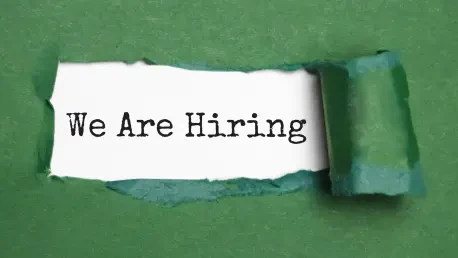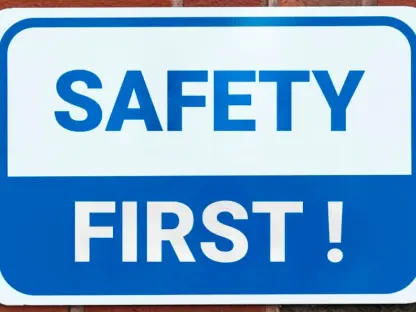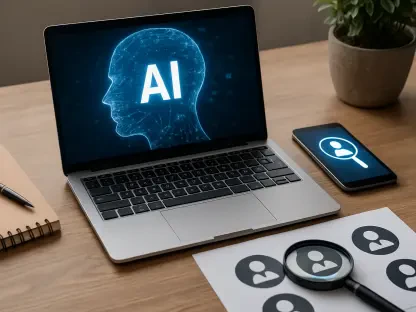Recruiting is one of the unseen driving forces of a successful organization. There’s a good reason for it – as it directly impacts growth, culture, and performance. But that doesn’t mean it’s not a space tied to some big inefficiencies.
The bigger and more reputable your business is, the more sophisticated the recruitment process becomes, and the more frustrating it can be for a future candidate. You can’t afford delays or bottlenecks in a fast-paced industry, especially when it’s at the potential risk of causing hiring manager burnout and turning away the top talent.
Not only that, but slow recruiting and its limitations will also bleed into other parts of the business. They cost money, reduce the overall competitiveness, and risk hindering innovation (because the best engineers might seek out your competitors).
So, it’s time to dive into what can make the hiring process as simple, frictionless, and clear as possible in order to avoid losing the race for talent.
What’s Causing Inefficiencies for the Modern Recruiting Team
Your best choice in accelerating recruitment and taking skilled workers before your peers can get the most valuable candidates? First, understanding where the bottlenecks lie – by assessing all of your recruiting stages: the defining job requirements, sourcing of potential employees, screening and interviewing, evaluating and selecting, and then finally making the offer and onboarding.
Delays can, naturally, occur at any step of the journey. And, more often than not, they’re caused by easily avoidable issues, such as unclear or limited communication, inefficient workflows, or a lack of accountability where it matters most.
One of the common issues? Many companies are too vague in the job description or misaligned with stakeholder expectations when identifying the ideal candidate. As a consequence, the entire process is backtracked later, leading to losses in time and frustration among the hiring teams.
How to Build a Friction-Free Recruitment Journey
First, it’s vital to understand that traditional job postings and a reliance on inbound applications can slow down the hiring journey – painfully so (an inefficiency that makes it even more challenging to win the best candidates for specialized or competitive positions).
Speeding up sourcing means one thing: investing in proactive outreach. You need to go beyond job boards and tap into actual networks, industry groups, alumni databases, and social platforms (such as LinkedIn) to get the best chance at winning over talent. And while many hiring managers underestimate the power of referrals, they’re the most effective method for maintaining a fast-paced yet successful recruitment workflow. Referred candidates tend to move faster through the process, they have higher conversion rates, and, most importantly, they stay loyal to the company for longer. Encouraging employees to refer candidates will make the process easy, build a more dynamic pipeline, and bring to light talent that you might’ve otherwise overlooked.
Technology is your next biggest advantage for accelerating your recruitment pipeline. Applicant Tracking Systems will automate any repetitive or tedious administrative tasks that slow down the active process of hiring, moving resume screening, interview scheduling, and communication with candidates from your own teams to a smart tool. Platforms such as Olivia by Paradox can keep operations running 24/7 using virtual assistants. Other solutions such as HireVue will offer support through AI-powered video interviewing and skill-based assessments. Things get easier when identifying candidates can be done objectively, based on skill and experience, rather than vibe or a limited human perception. And with technology advancing so fast, artificial intelligence also allows you to flag passive candidates that might not be actively looking for a job but are open to new opportunities.
These tools don’t just save you hours. They keep bias at an all-time low, deliver a more diverse pool of candidates, and reduce the risk of human error.
But even their potential goes only as far as the hands implementing (and using) them. One big mistake to avoid is investing in next-gen technologies without optimizing your workflows, training recruiters, and ensuring any new additions can integrate well with existing systems.
The candidate experience itself is also a big thing in recruitment speed and success. A large amount of top-level candidates drop out of the process, not because you’re lacking attractive offers, but due to how long it takes to get to the finish line. Long gaps in interviews, unclear communication that lacks transparency, overly complex application processes, and lengthy tasks that offer no benefit in return will deliver a negative impression. To stand out, you can simplify the process whenever possible, keep timelines clear, and build constant communication with candidates to avoid losing their interest and reduce drop-off rates.
The interview design itself undergoes some closer scrutiny. It’s painful, slow, and the traditional model is becoming painfully outdated. Many times, they lead to inconsistent evaluations and wasted time. The interviews that work best are those structured to extract the most relevant information in the minimum amount of time. Speeding up the process and combining all assessments (such as technical tests, behavioral analysis, and cultural fit evaluations) into one single or several well-orchestrated interview days will improve the quality of decision-making and get the job done without frustrating potential hires.
While keeping the process fast and frictionless should become a core mindset for the upcoming years, that doesn’t mean cutting corners. There is a real risk in rushing to hire quickly to avoid costs or find a candidate as quickly as possible just for the sake of it. You might overlook red flags, skip due diligence, or even compromise on quality, which usually leads not to a lower performance bar but also higher turnover and ultimately more expenses. The goal should always be to remove the unnecessary friction and inefficiencies that slow down a well-functioning process. The best recruiting teams are those that strike a balance between speed and rigor: moving quickly, yet with clarity, alignment, and confidence.
Closing Thoughts
Accelerating recruitment is not about making rash decisions or pressuring candidates to move too quickly. It’s about being intentional, strategic, and efficient in every stage of the process. Clarifying roles, optimizing your interviews, and making decisive decisions with speed and efficiency will reduce your time-to-hire while improving the quality of your employees. And, in a competitive talent market that’s only tightening moving forward, the ability to move fast can make the difference between attracting top performers or losing them to the competition.









